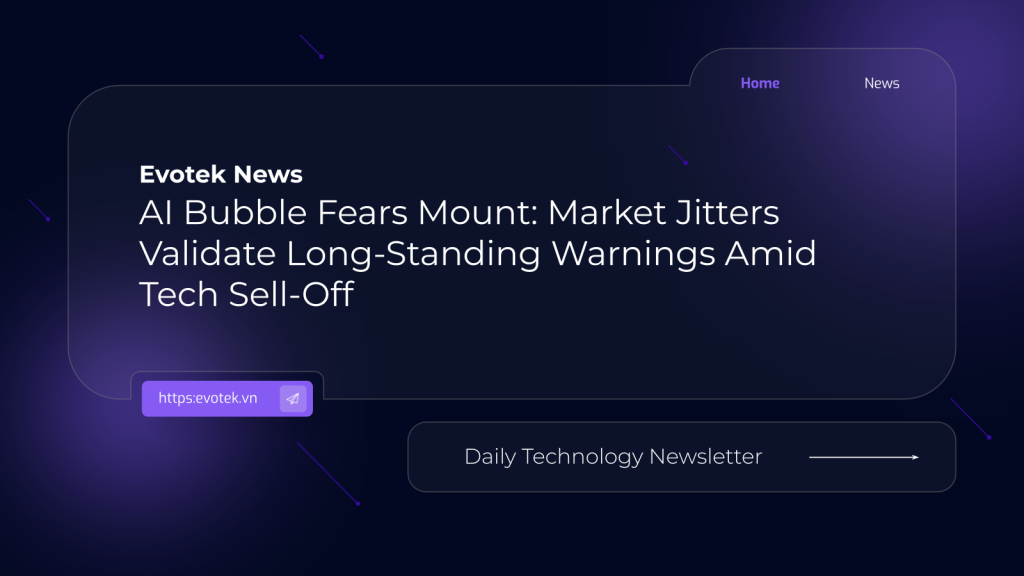The once-unbridled enthusiasm surrounding Artificial Intelligence, particularly generative AI, is now giving way to a wave of skepticism. Recent events suggest a potential shift in the tech landscape, prompting renewed discussions about whether the industry is on the brink of an “AI bubble.” This sentiment gained traction following candid admissions from industry leaders and sobering research findings.
OpenAI CEO Sam Altman, a key figure in the AI revolution, openly acknowledged challenges, describing the release of GPT-5 as “totally screwed up.” More notably, Altman used the “B-word” in a discussion with reporters, stating that “When bubbles happen, smart people get overexcited about a kernel of truth.” These remarks from such a prominent voice served as a significant red flag for the sector.
Further fueling these concerns was a comprehensive survey from MIT, which unveiled a stark reality: a staggering 95% of generative AI pilot programs within companies are reportedly failing. This data provides concrete evidence that the practical application and return on investment for many AI initiatives are falling far short of expectations.
The accumulating warning signs quickly reverberated through financial markets. A subsequent tech sell-off saw the S&P 500’s value plummet by a substantial $1 trillion. Given the index’s increasing reliance on tech giants, many of whom are now heavily invested in AI, this market correction highlighted mounting investor anxieties about the sustainability of the current AI boom, drawing parallels to the infamous dot-com bubble. While broader economic factors, like Federal Reserve policy hints, continue to influence market movements, the core concern about AI’s trajectory remains palpable.
These developing tremors in the AI landscape are now validating the long-standing warnings of certain researchers and critics. For years, one prominent voice has cautioned against the unchecked hype, arguing that the technological advancements, while impressive, often overshadow fundamental limitations and the potential for widespread commercial failure. The current market jitters and the documented struggles of AI pilots suggest that these cautionary tales might be proving eerily prescient, transforming what was once seen as mere criticism into an almost tragic vindication.

 日本語
日本語 한국어
한국어 Tiếng Việt
Tiếng Việt 简体中文
简体中文